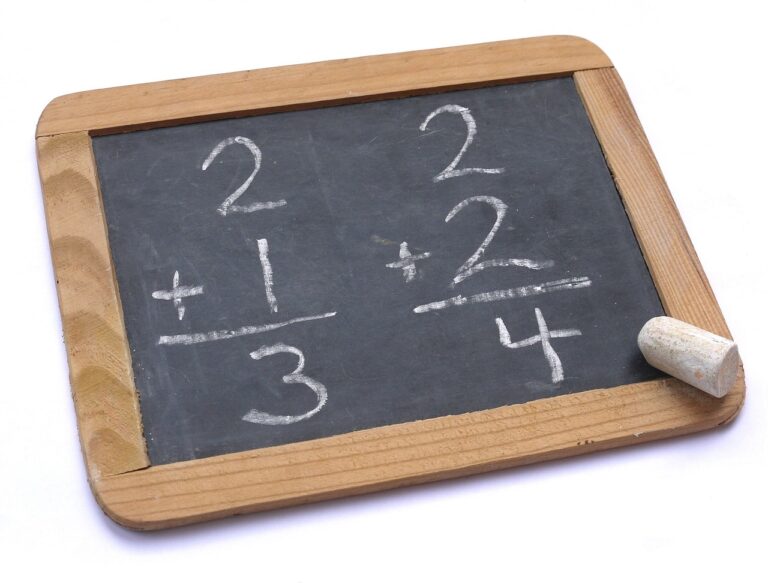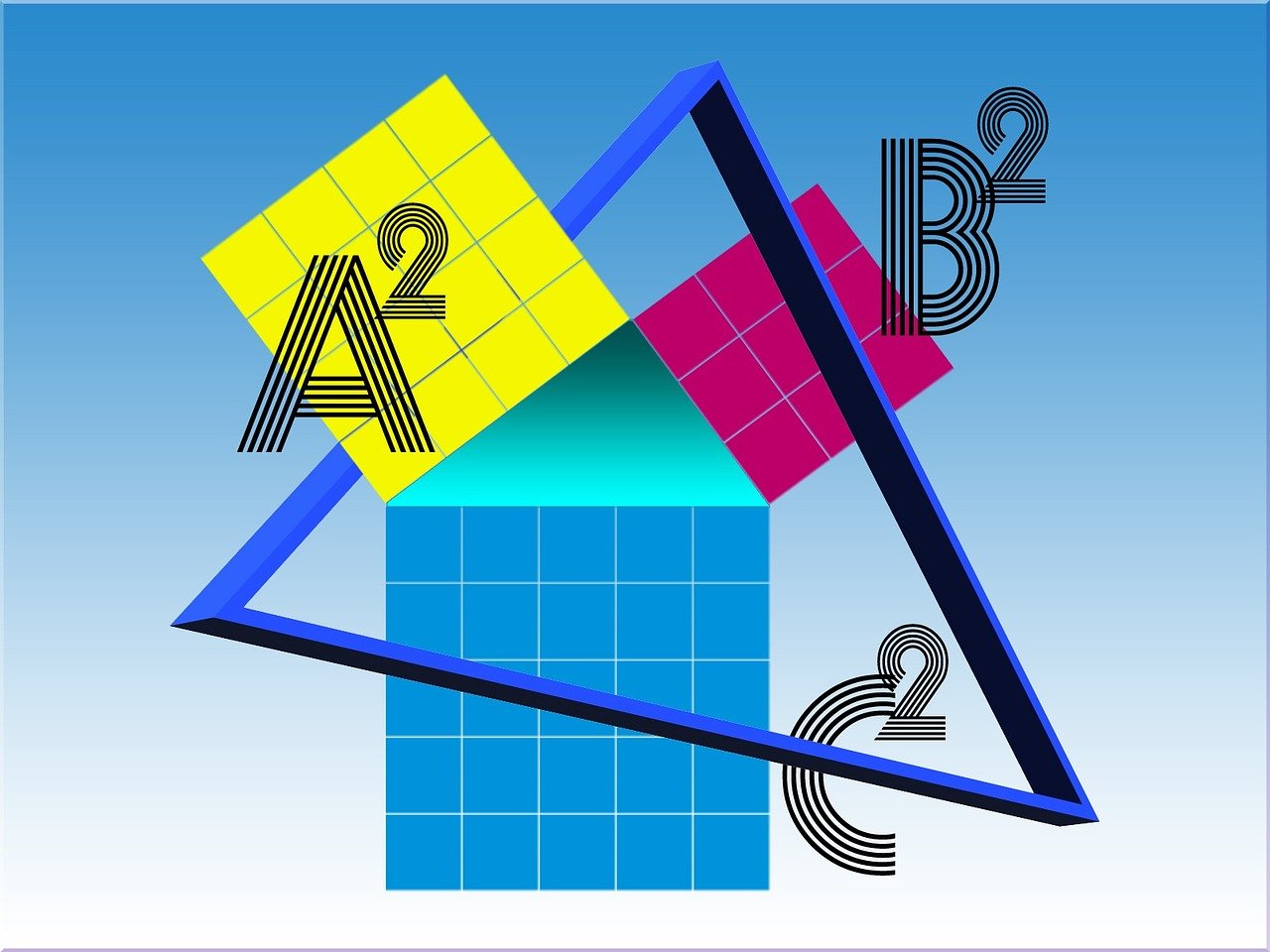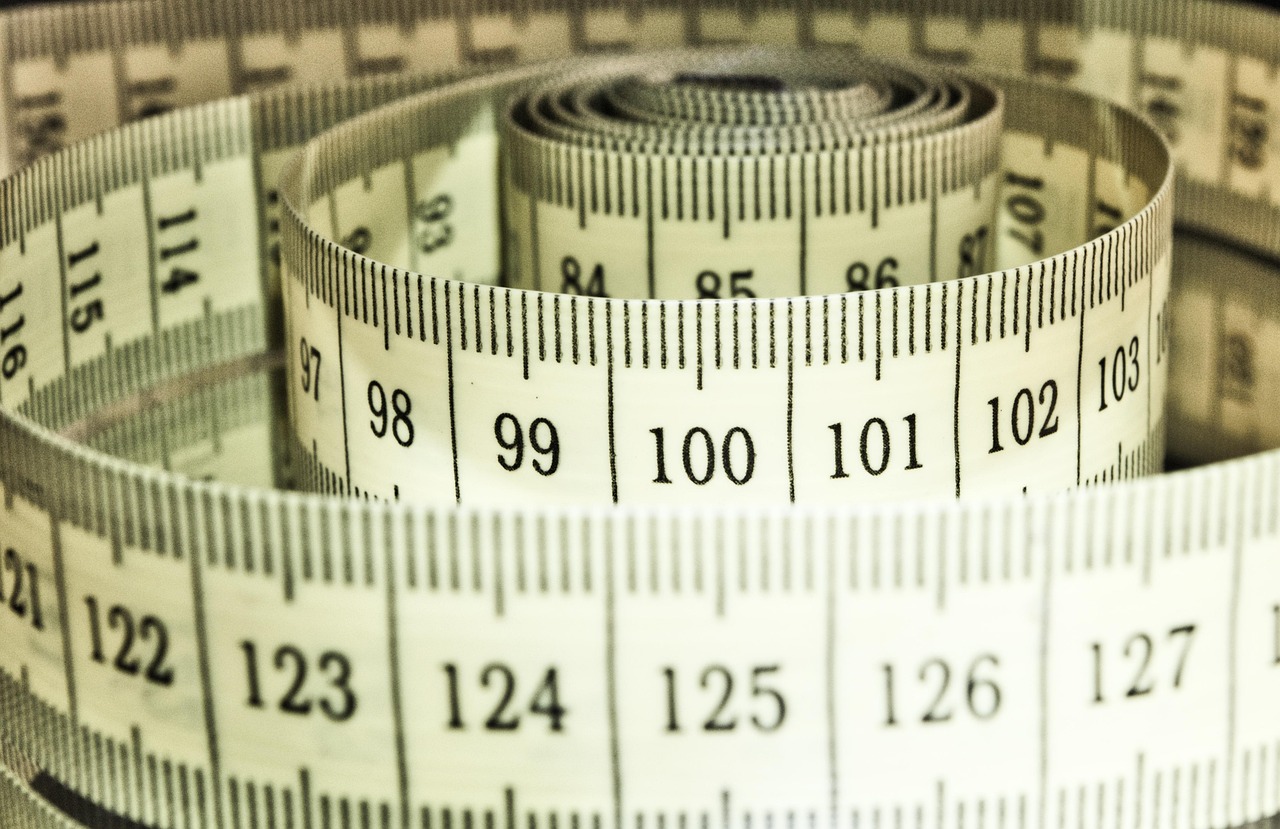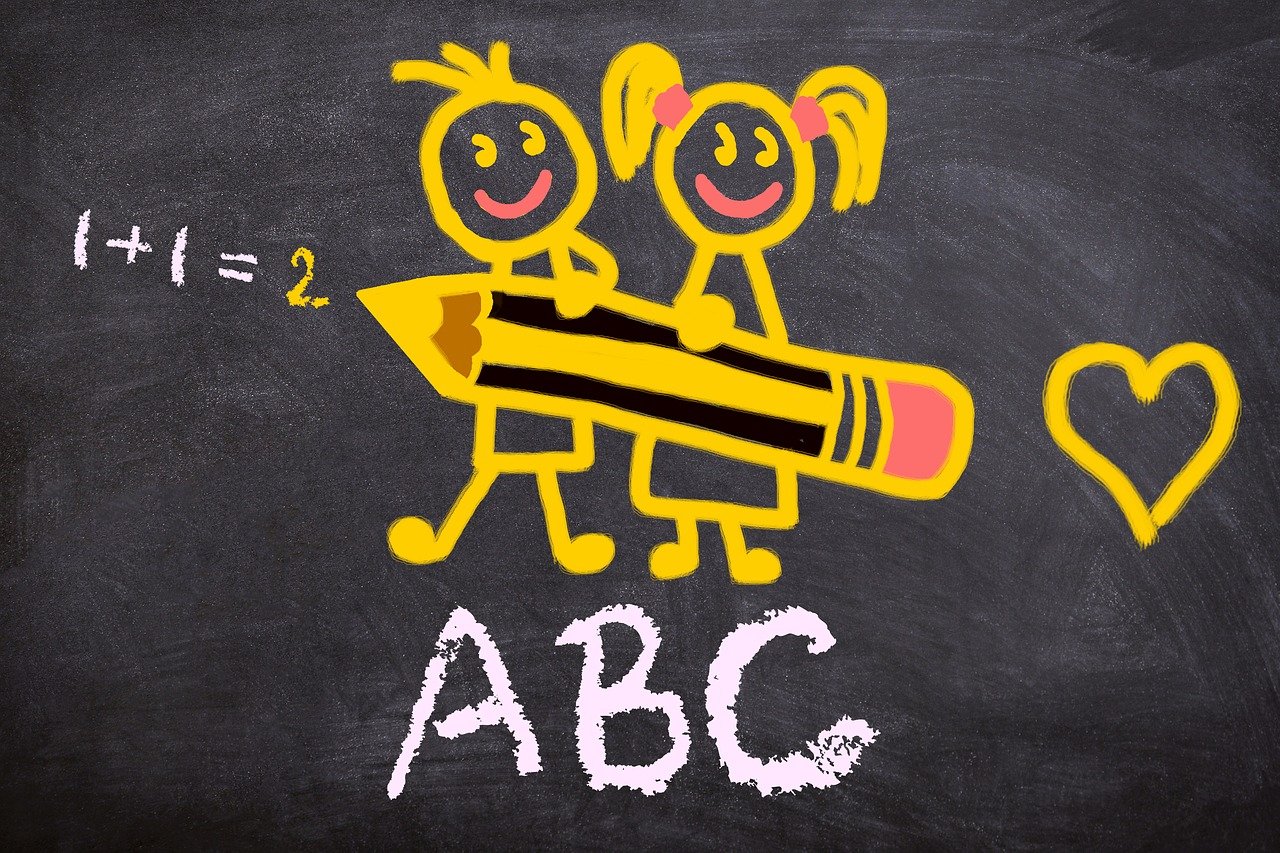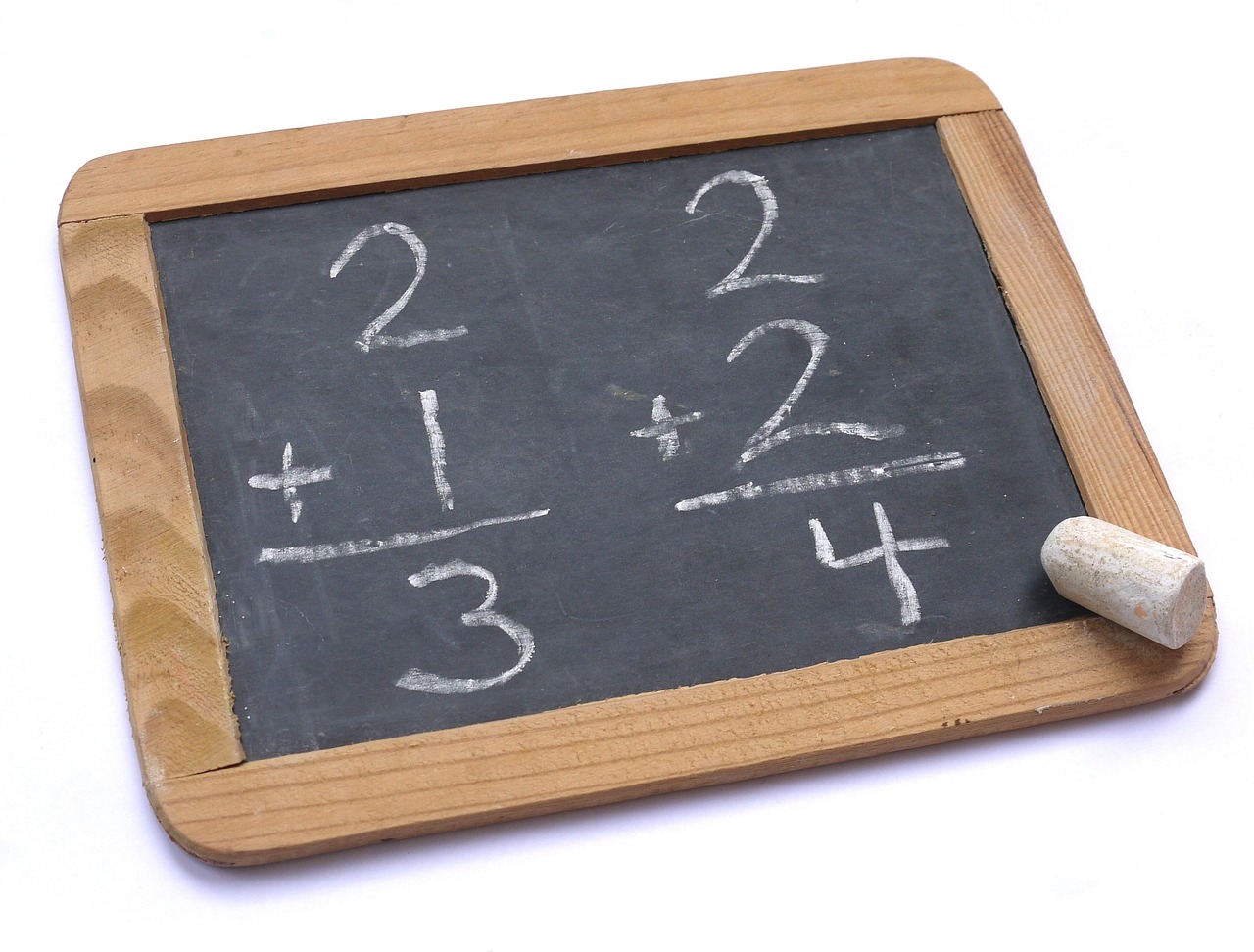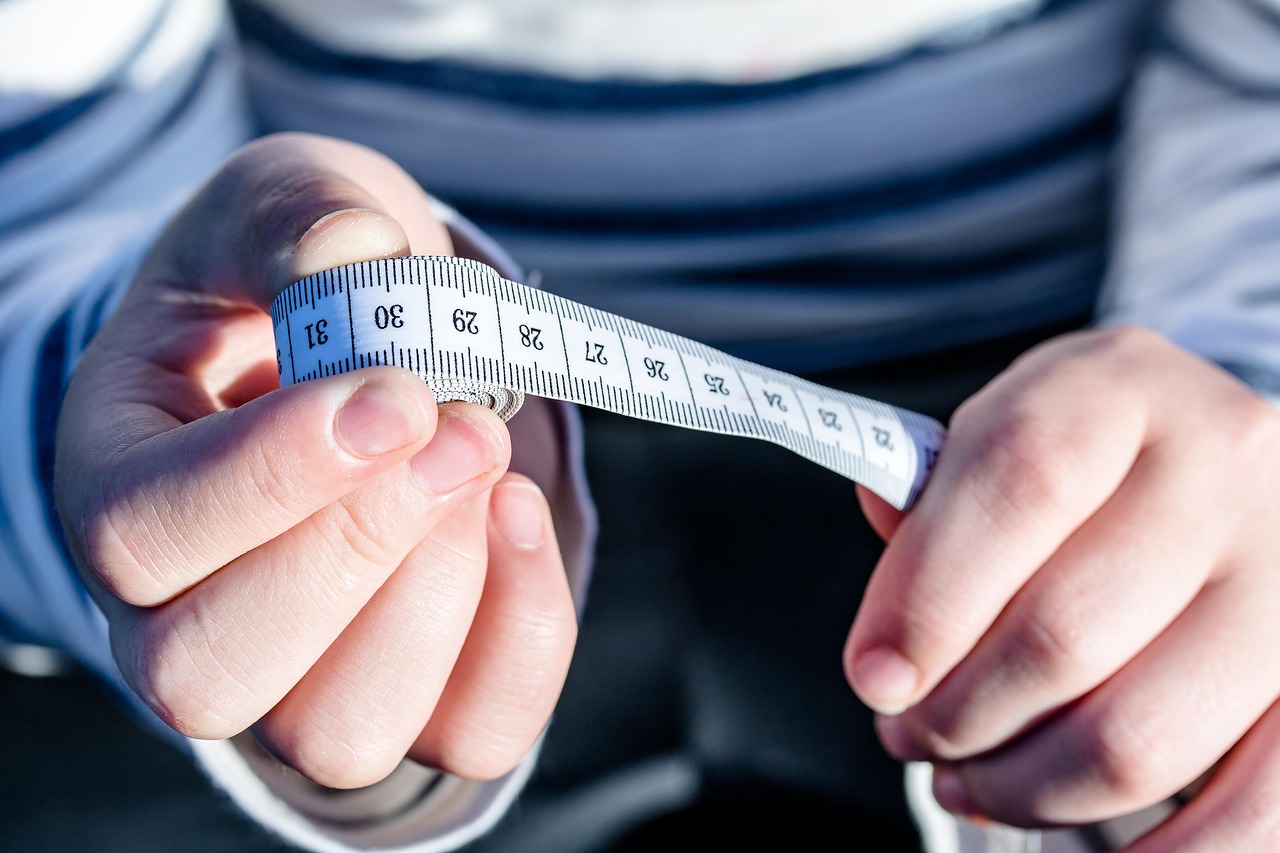Subject: Mathematics
Class: Primary 2
Topic: Addition of 3-Digit Numbers Without Regrouping (Word Problems on Addition)
Week: 2
Term: Third Term
Duration: 40 minutes
A. Lesson Objectives
By the end of this lesson, pupils should be able to:
Understand how to add three-digit numbers without regrouping.
Solve word problems involving the addition of three-digit numbers.
Correctly apply the steps of addition to solve word problems.
Identify the correct method of solving word problems involving the addition of 3-digit numbers.
B. Instructional Materials
Whiteboard and markers
Place value charts (hundreds, tens, and ones)
Flashcards with numbers for word problems
Worksheet with word problems on addition
Number line (optional)
C. Lesson Content
1. What is Addition of 3-Digit Numbers Without Regrouping?
Addition of three-digit numbers involves adding the hundreds, tens, and ones columns. When we add numbers without regrouping, there is no need to carry over a number to the next column.
For example:
Example 1: Add 245 + 132
Let’s break it down:
Step 1: Add the Ones
5 (ones in 245) + 2 (ones in 132) = 7
Step 2: Add the Tens
4 (tens in 245) + 3 (tens in 132) = 7
Step 3: Add the Hundreds
2 (hundreds in 245) + 1 (hundreds in 132) = 3
So, 245 + 132 = 377
Notice that there was no need to carry any number over to the next column. This is called addition without regrouping.
2. Solving Word Problems Involving Addition
To solve word problems, we need to:
Read the problem carefully.
Identify the numbers to be added.
Perform the addition step by step.
Write the answer in a complete sentence.
Example Word Problem 1:
Lola has 126 marbles. Her friend, Sarah, gave her 215 more marbles. How many marbles does Lola have now?
Step 1: Identify the numbers to add
Lola has 126 marbles and Sarah gives her 215 more. So, we need to add 126 + 215.
Step 2: Add the Ones
6 (ones in 126) + 5 (ones in 215) = 11 (Write 1 in the ones place and carry over 1 to the tens place)
Step 3: Add the Tens
2 (tens in 126) + 1 (tens in 215) + 1 (carry over) = 4
Step 4: Add the Hundreds
1 (hundreds in 126) + 2 (hundreds in 215) = 3
So, 126 + 215 = 341
Answer: Lola has 341 marbles now.
Example Word Problem 2:
A farmer has 362 apples. He buys 141 more apples. How many apples does he have in total?
Step 1: Identify the numbers to add
362 + 141
Step 2: Add the Ones
2 (ones in 362) + 1 (ones in 141) = 3
Step 3: Add the Tens
6 (tens in 362) + 4 (tens in 141) = 10 (Write 0 in the tens place and carry over 1 to the hundreds place)
Step 4: Add the Hundreds
3 (hundreds in 362) + 1 (hundreds in 141) + 1 (carry over) = 5
So, 362 + 141 = 503
Answer: The farmer has 503 apples in total.
3. Practice Problems
Now, let’s practice some more word problems:
Problem 1:
Tom has 234 pencils. His brother gives him 312 more pencils. How many pencils does Tom have now?
Solution:
234 + 312 = _______
Problem 2:
A teacher has 145 books. She buys 256 more books for her class. How many books does she have in total?
Solution:
145 + 256 = _______
Problem 3:
A shop sold 563 toys in the morning and 248 toys in the afternoon. How many toys did the shop sell in total?
Solution:
563 + 248 = _______
D. Class Activities
Activity 1: Solve Word Problems on the Board
Write the word problems on the board and ask students to solve them step by step.
Guide them through the process of adding the numbers in the correct columns.
Activity 2: Pair Work
Pair the students and give them different word problems to solve.
Each pair will present their solution to the class.
Activity 3: Math Bingo
Prepare bingo cards with different sums of three-digit numbers.
Call out word problems, and students will mark the correct answer on their bingo cards.
The first student to complete a line wins.
E. Evaluation (Assessment)
Ask the pupils to solve word problems independently and check their answers.
Observe if students can correctly identify the numbers and apply addition without regrouping.
Ask some students to explain their method of solving word problems to ensure understanding.
F. Assignment
Complete the following word problems for homework:
A farmer has 462 cows. He buys 315 more cows. How many cows does he have now?
A school library has 732 books. They received 156 more books as a donation. How many books does the library have now?
Solve the following:
236 + 153 = _______
478 + 132 = _______
G. Conclusion
Recap the steps of adding three-digit numbers without regrouping: Add the ones, tens, and hundreds columns separately.
Reiterate the importance of understanding word problems and practicing addition.
Encourage students to continue solving word problems in their daily practice to improve their skills.

